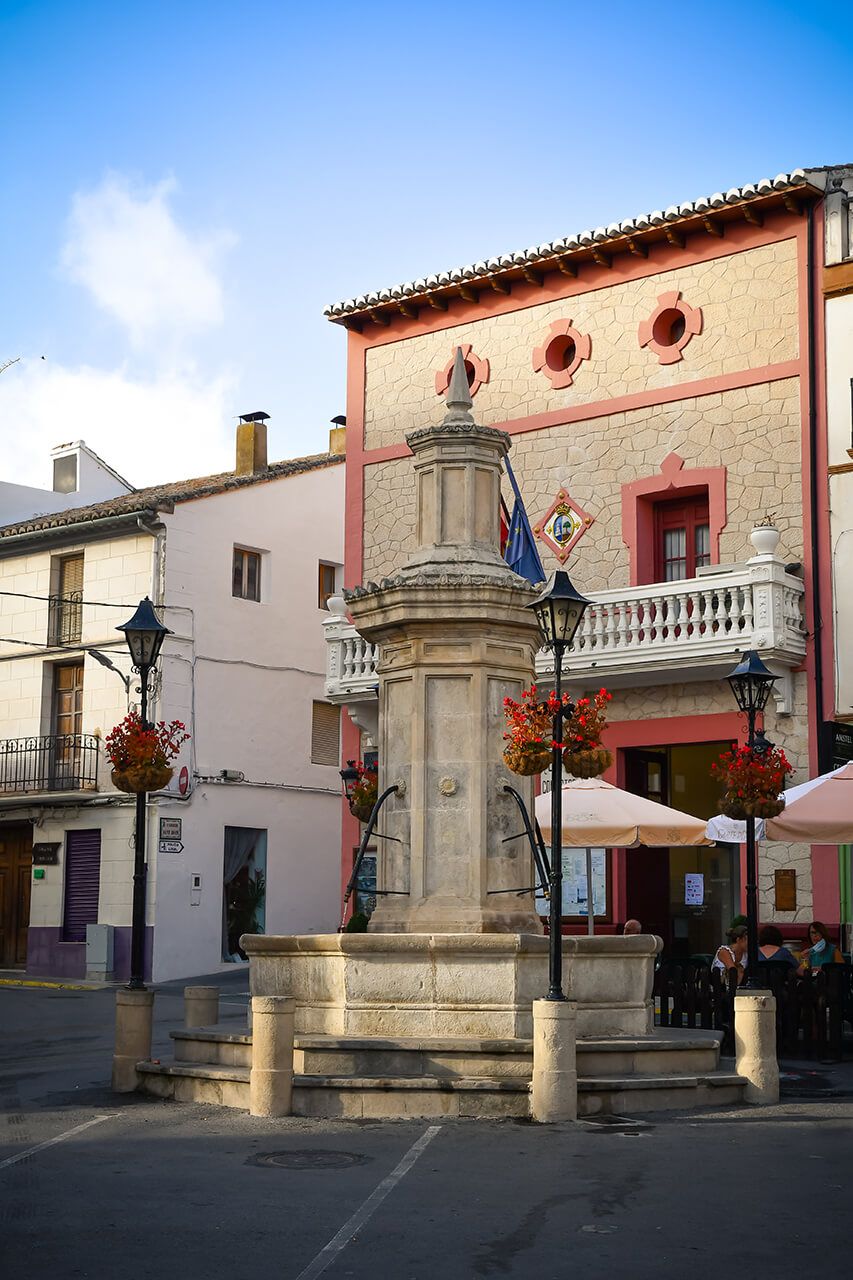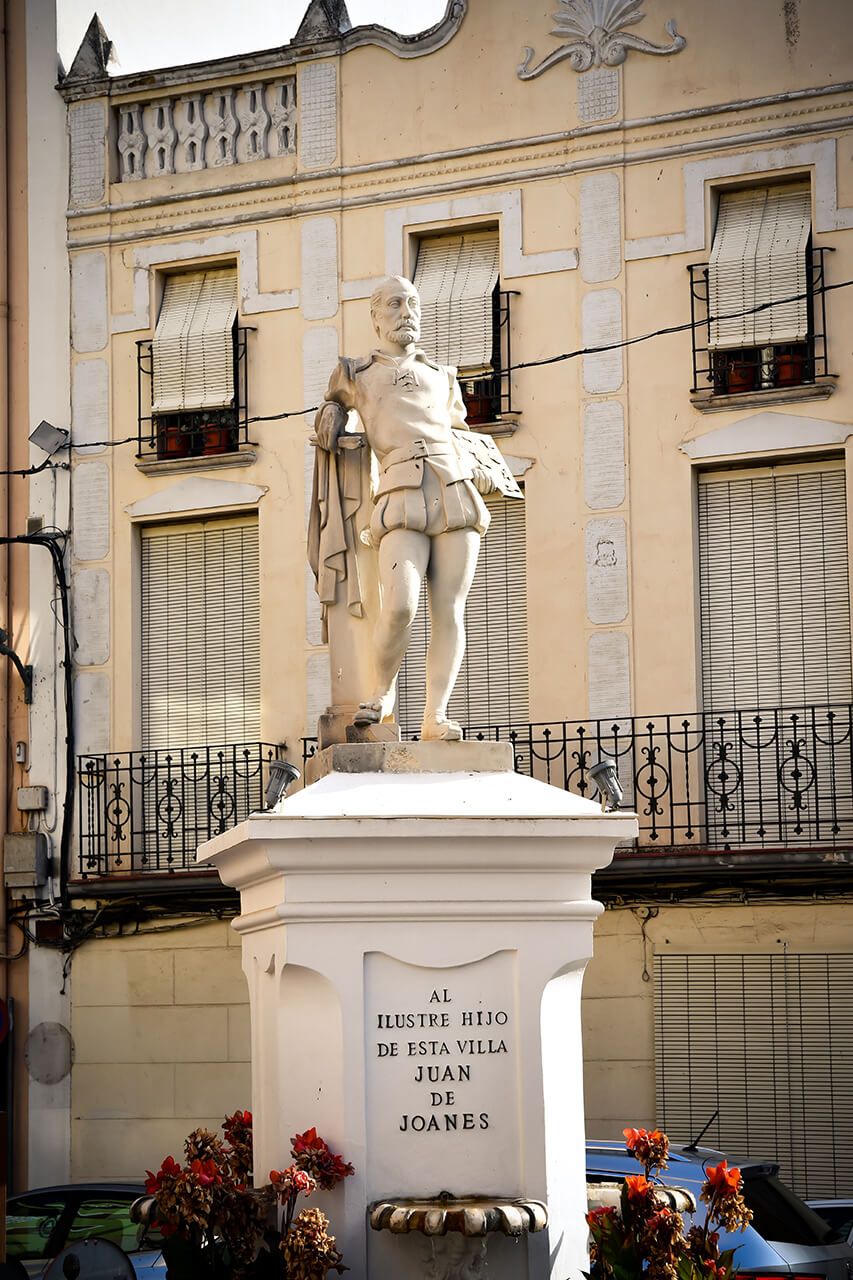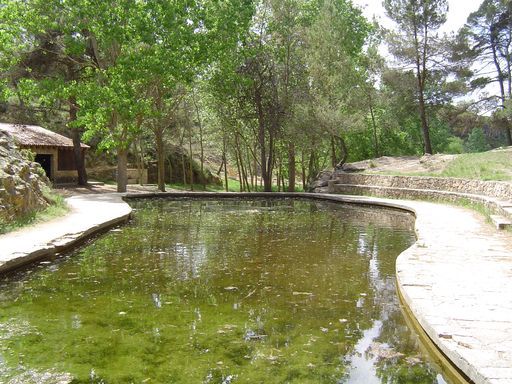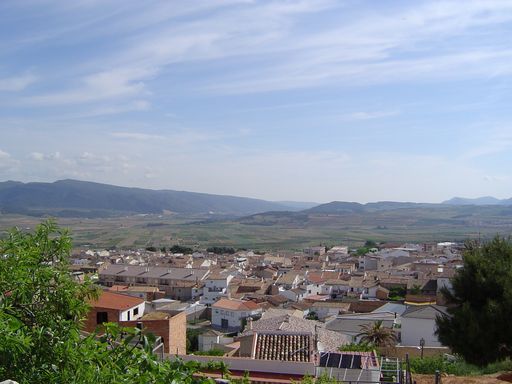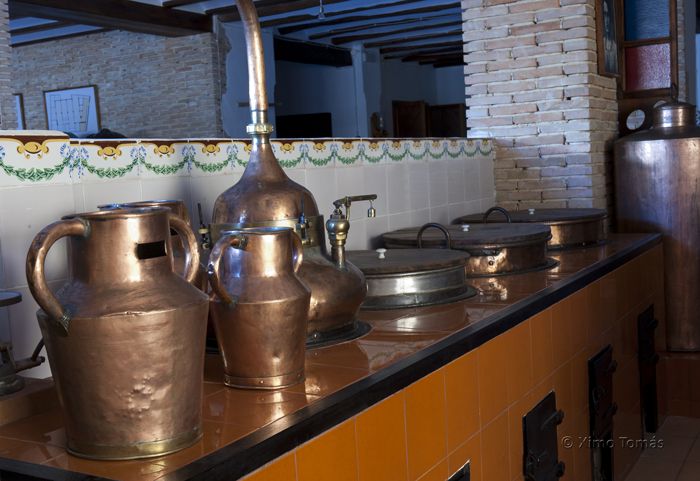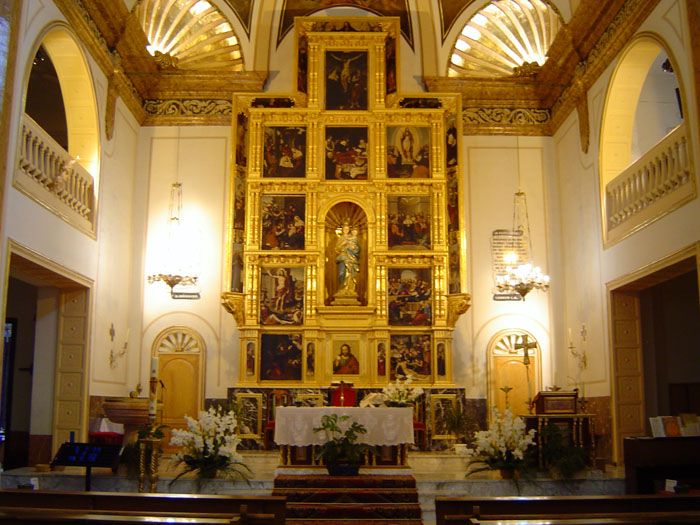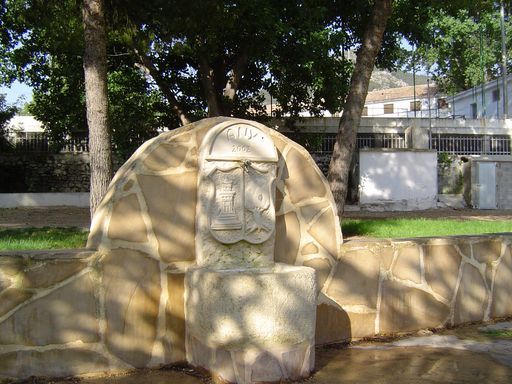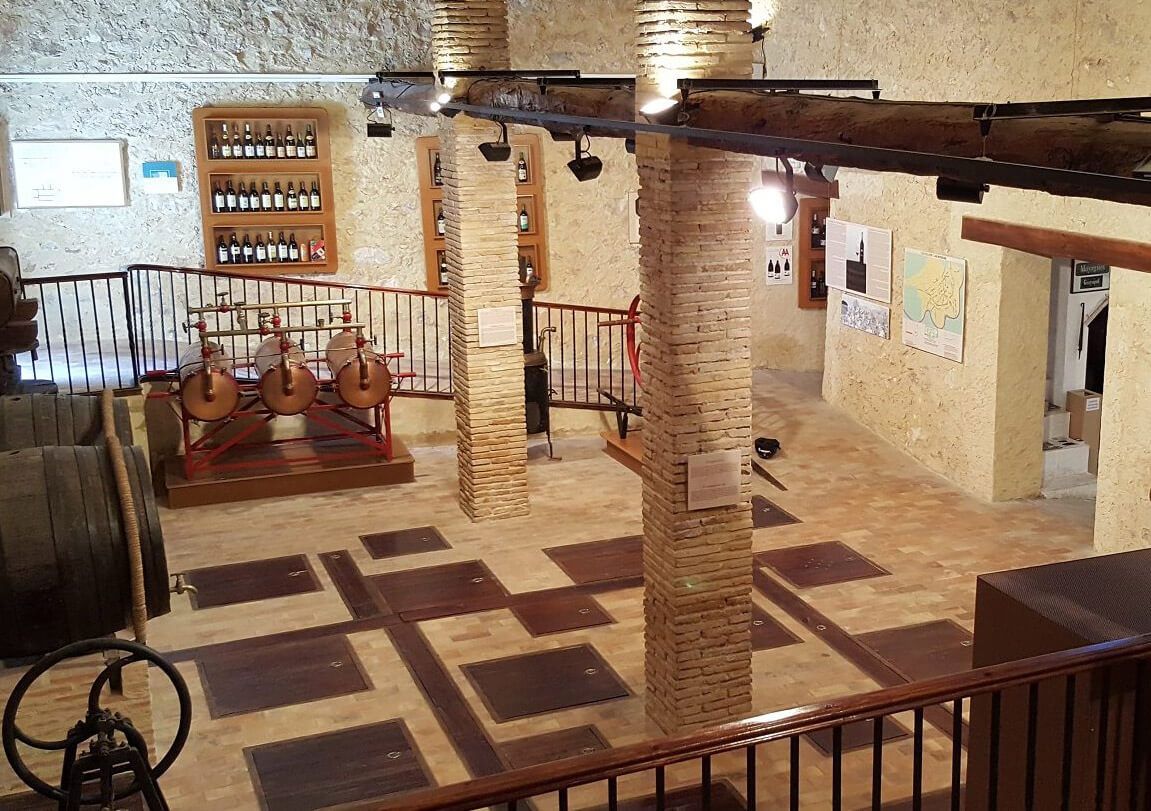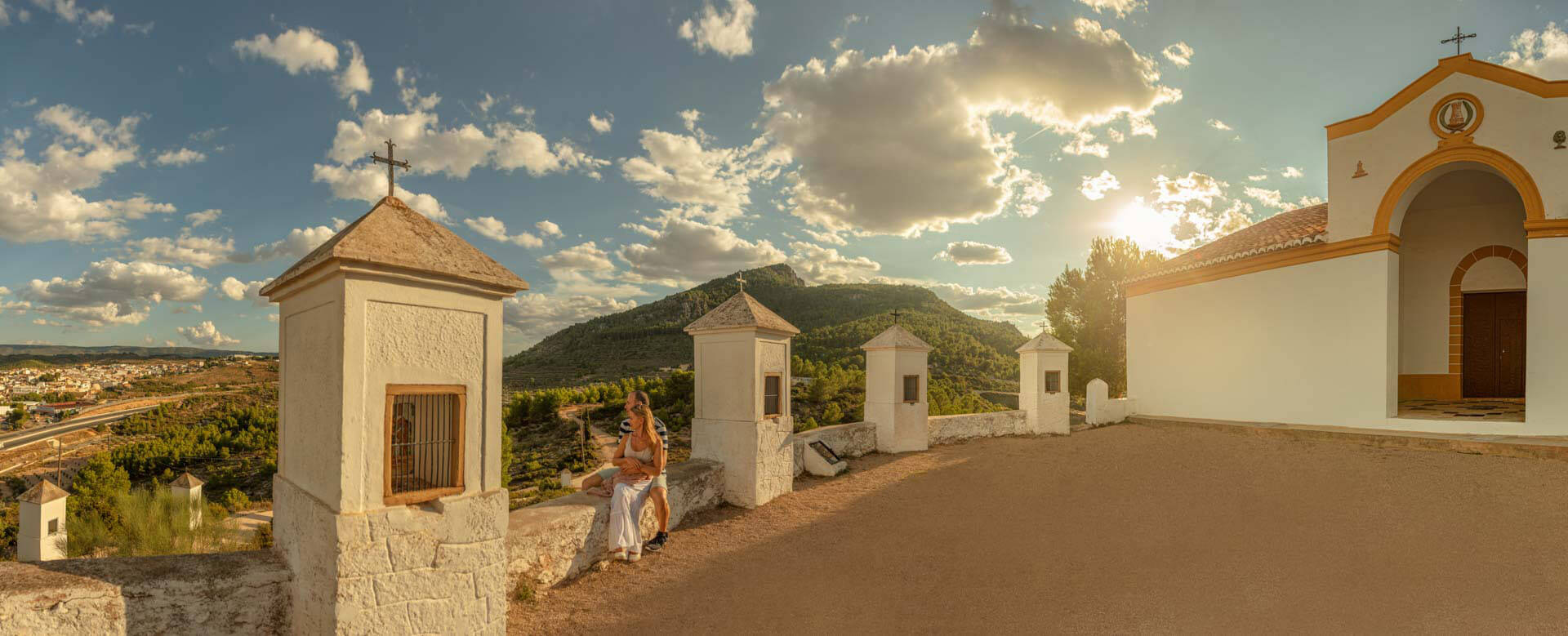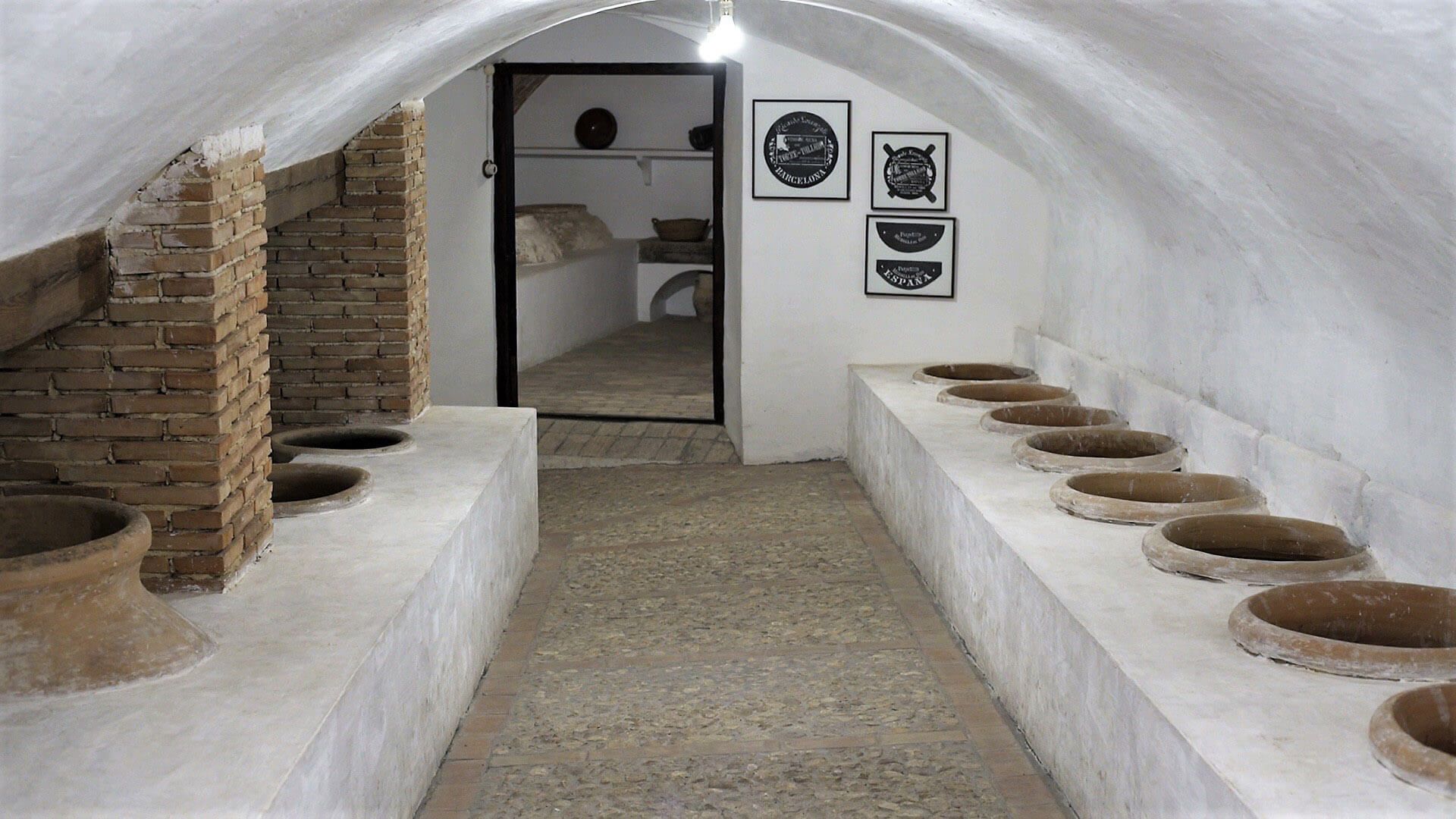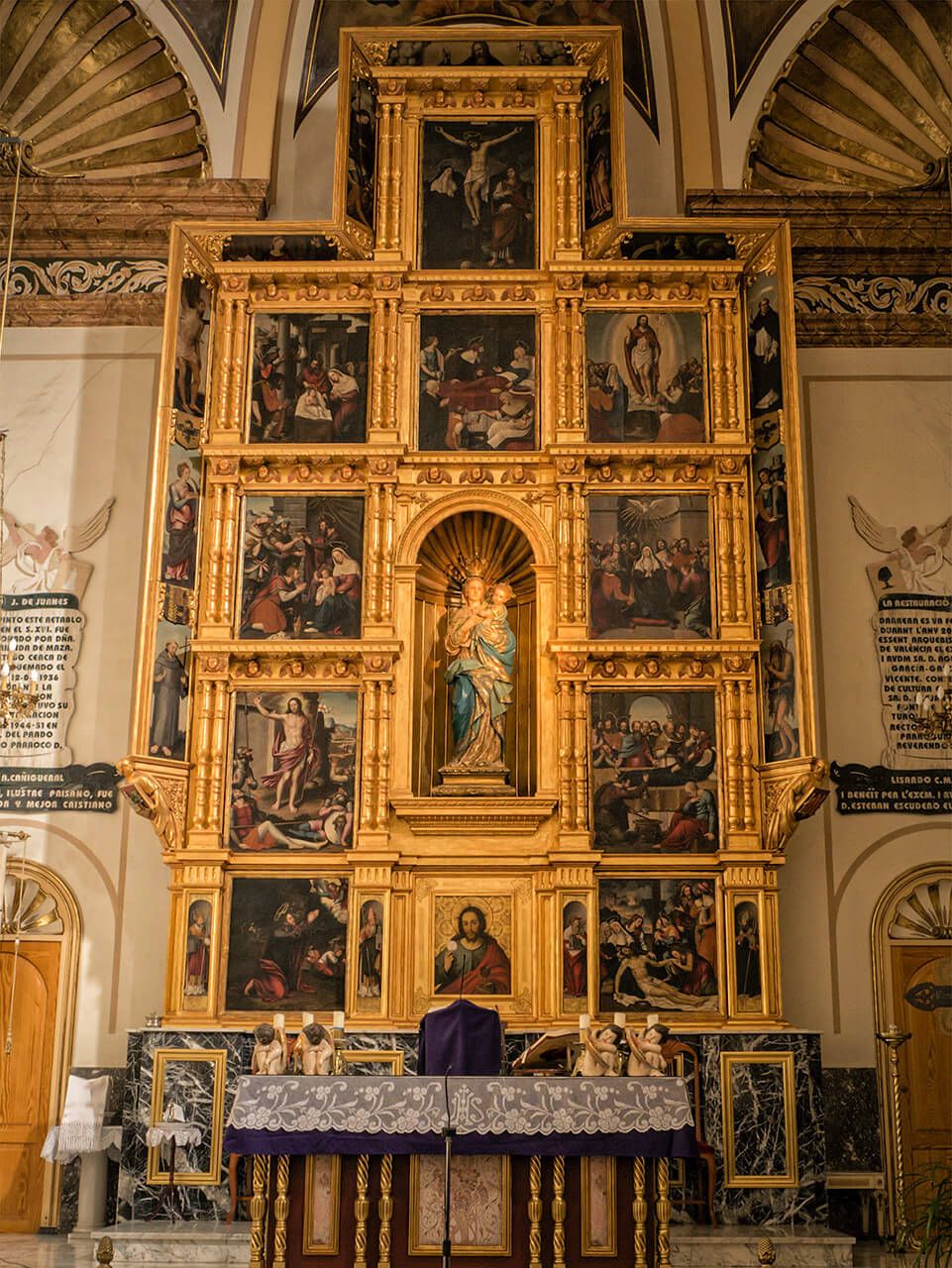La Font de la Figuera
La Font de la Figuera is located at the head of Valle de Montesa, west of the Serra Grossa range.
It is located at an average altitude of 553 m above sea level and lies 94.5 km from Valencia and 45.2 km from Xativa, the capital of the administrative region.
Gastronomy:
Among the wide variety of local dishes, mention may be made of “gaspatxos”, “gatxamiga”, “putxero” pepper and tomato cake, etc.; as well as the local sausages, prepared by the town’s butchers using traditional methods.
Places of interest:
La Font de la Figuera has an important historical and artistic heritage, which includes:
– Parish Church of the Nativity of Our Lady, the extension of which was completed in 1737. Mention may be made of the church’s altarpiece, created by local painter Vicente Juan Masip “Juan de Juanes” (1523-1579), whose statue stands in Plaza Mayor. The painter’s house of birth is also in the village.
– The hermitages of Saint Barbara and Saint Sebastian (16th century)
– Lavoir (18th-century)
– The Abbey House (historical monument)
– The Historical and Ethnological Museum
La Font de la Figuera also has natural sites, such as “Balseta Pigirri” “Capurutxo” peak (901m), “Peña Foradada” (978m) and “Alt de la Silla” which, at an altitude of 1004 m., separates the municipalities of Almansa and La Font de la Figuera.
Hermitage of Saint Barbara
Located in the mountain range of the same name. Inside we can find many gifts and donations (mostly wax, very old), left there by sick people when making promises to Saint Barbara. On the first day of the Moors, Christians and Smugglers festivities (early December), it is traditional to climb to the hermitage in a procession in order to collect the statue of the saint.
Hermitage of Saint Sebastian
At the entrance to the town we find the hermitage of Saint Sebastian (16th century). Recently restored.
Parish Church of the Nativity of Our Lady.
The extension of the Church was completed in 1737. It contains an altarpiece painted by the famous representative of Spanish and Valencian Renaissance, Vicent Joan Massip (1523-1579), known by the pseudonym Joan of Joanes. The altarpiece was painted in the 16th century. In Plaza Mayor we can find a monument dedicated to the painter, made of Macael marble by the sculptor Nassio Bayarri in 1956. It is currently an ornamental fountain of great importance to the town.
Natural sites:
El Regaixo
On the Navalón road, visitors will come across the site known as “El Regaixo”, a forested area with a provisional camping zone with a capacity of 100 tents (camping is only permitted during the Easter period and upon submission of the corresponding application) and services such as toilets, showers and paella-making facilities.
Application for permission to camp in El Regaixo. Send to: argente_car@gva.es
“La Balseta Pijirri”
Just outside the town we find the “Balseta Pijirri”, a beautiful landscape set among pine trees and which includes a spring: a perfect place for adults to relax and for children to play.
“La Costera” Historical and Ethnographic Museum
A representative exhibition of the importance that the wine culture has had in our population. As a main attraction, you can visit the “La Costera” Historical Museum of Ethnology, located in a restored winery dating from the late 18th century, with exhibits showing how wine was traditionally made in the area. Inside, we can find the entrance for the carts carrying harvested grapes, the depositing of the grapes in the winery and the entire processing of treading and pressing in order to obtain must.
On a second level we can observe the fermentation tanks, together with all the laboratory tools.
On the third level, we find an area dedicated to the sale and storage of wine.
This process, carried out on two or three levels, is typical of La Font de la Figuera, where advantage is taken of the gradient of the streets in order to facilitate the natural decantation of the remains of the wine fermentation process.
The museum also houses other areas, such as the recreation of a typical documented since the 16th century, an olive oil press and the reproduction of an early 20th century liqueur and spirits distillery, which was transferred from its original setting when it ceased production.
It has an exhibition area of approximately 450m2.
Festivities:
The main festivities are held during the first week of September in honour of Our Lady of the Infantile Rosary.
During the second week of December, Moors and Christians festivities are held in honour of Saint Barbara.

